How Die Casting Mold Trial Ensures High-Quality Mass Production
Author: SAIVS Date Published: Jul 29,2025
What Is Mold Trial for Die Casting
Die casting mold trial is a critical process that bridges Mold design and mass production. It serves to verify the performance of the mold, check production parameters, and identify design or processing issues before full-scale manufacturing begins. This ensures that die-cast parts meet high standards for both internal and external quality.
The Importance of Mold Trial in Die Casting
In new product development and mold production, initial trials often reveal issues related to design or production variables. A mold trial helps evaluate these factors and prevents costly problems during mass production. It also provides a chance to validate the gating system, cooling layout, pressure system, and casting structure.
Reviewing Mold Design and Gating System
Key parameters such as gate location, area, and direction must be reviewed during the mold development stage. Using simulation tools like mold flow analysis software, engineers can predict molten metal behavior, temperature distribution, and air entrapment in the cavity.
This theoretical data helps in designing an optimized gating system and reducing Casting Defects like shrinkage, porosity, or cracks.
Analyzing Process Parameters Using PQ² Diagram
The PQ² diagram is another essential tool. It evaluates the relationship between pressure and flow rate to ensure the selected die casting machine meets the tonnage and speed requirements for the mold. It also guides the initial process settings such as injection speed, pressure, and switch-over point.
Die Casting Mold Trial and Optimization
From Theoretical Data to Actual Production
After preparing the mold and die casting machine, the theoretical parameters are tested through trial production. Discrepancies between theoretical and actual results are analyzed and adjusted in real-time. If machine performance is inconsistent, an injection monitor records pressure, speed, and displacement curves to identify abnormalities.
Matching Equipment and Molds
It is essential to ensure that the die casting machine used in the trial matches the equipment used for mass production. Differences in injection force, barrel diameter, or tubing interface may result in trial failures even with a well-designed mold.
Key Factors to Inspect During Mold Trial
Before trial, inspect all critical mold dimensions, moving parts like sliders and core pulls, and compatibility with the machine. During trial, inspect the cast parts for dimensional accuracy, surface integrity, parting line issues, and internal shrinkage through X-ray or dissection.
Common Issues Found During Die Casting Mold Trial
Mold trials often reveal defects caused by poor mold design, incorrect machining, or suboptimal cooling layouts. Over-tolerance, rough transitions, and large temperature differences can result in casting failures. Thermal imaging can assess cooling efficiency and guide spray adjustments, ultimately extending mold life.
Collaborative Quality Review
Once stable casting is achieved, engineers from product design, process, and quality teams must perform a detailed inspection. This includes:
- Measurement of key dimensions
- Visual appearance check
- Porosity detection using X-ray
- Assessment of shrinkage, tearing, or parting line errors
These evaluations guide the next stage of mold improvement and ensure reliable, high-volume production.
Conclusion: Ensuring Production Readiness
Mold trial is not a one-time check but an iterative process of validation and optimization.
By combining software simulations, equipment monitoring, and cross-departmental reviews, manufacturers can ensure that their die casting molds are fully ready for continuous and defect-free mass production.
At Ningbo saivs Machinery Co., Ltd., we emphasize precision, efficiency, and quality assurance in every stage of mold development.
contact us to learn how our die casting solutions can support your high-volume manufacturing goals.
Why Choose SAIVS™ as Your Supplier?
1.Superb Quality Control Management
At SAIVS, we take pride in our perfect quality management systems and procedures, which guarantees the excellent performance of all our producs, being a professional Investment Casting | Die Casting| Sand Castingmanufacturer in China.
2.Rich Production Experience
With 20 years of experience in production, SAIVS has a deep understanding of the market and trends, and strives for continuous research and innovation. This has created advantages in both the product's performance and appearance.
3.Competitive Prices
As a Chinese factory committed to becoming the most cost-effective Investment Casting | Die Casting| Sand Castingexporter in China, SAIVS provides high-quality products at advantageous prices. By lowering costs and increasing efficiency, we ensure that our customers receive the best possible value for their investment.
4.Perfect After-sales Service
At SAIVS, we strive to provide superior customer service that meets and exceeds expectations. We are always available for any questions or concerns you may have, and we stand by our commitment to providing excellent after-sales support.
Related Posts
-
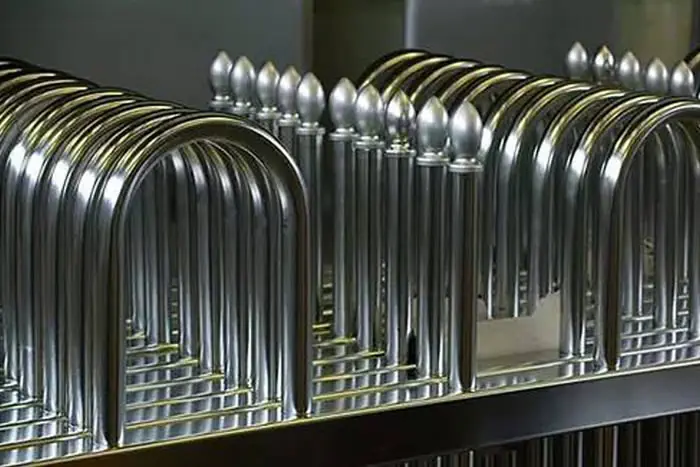
Advanced Surface Treatments to Improve Aluminum Die Casting Performance
Advanced Surface Treatments to Improve Aluminum Die Casting PerformanceIn aluminum alloy die casting, the surface quality of the final product directly imp
-
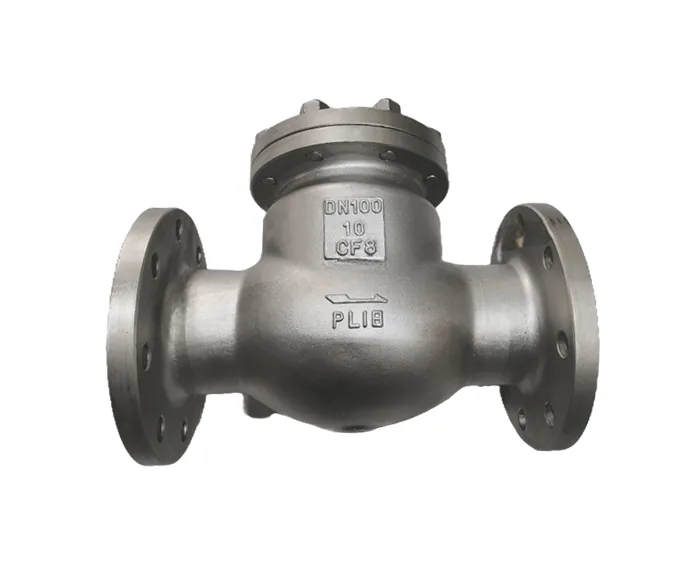
Unleashing the Power of Precision: CF8 Investment Casting for Superior Valve Bodies
Dive into the world of investment casting. Explore crafting valve bodies with CF8 stainless steel, known for its corrosion resistance.
-
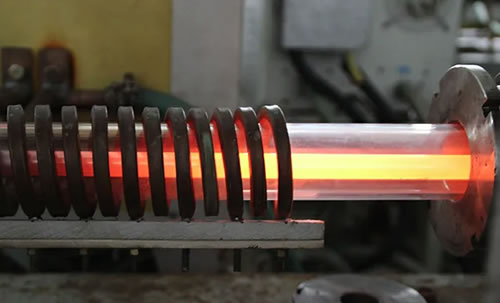
Heat Treatment of Stainless Steel
Heat Treatment of Stainless SteelStainless steel is one of the most widely used alloys in metal casting — prized for its strength, hardness, and resistance to c...
-
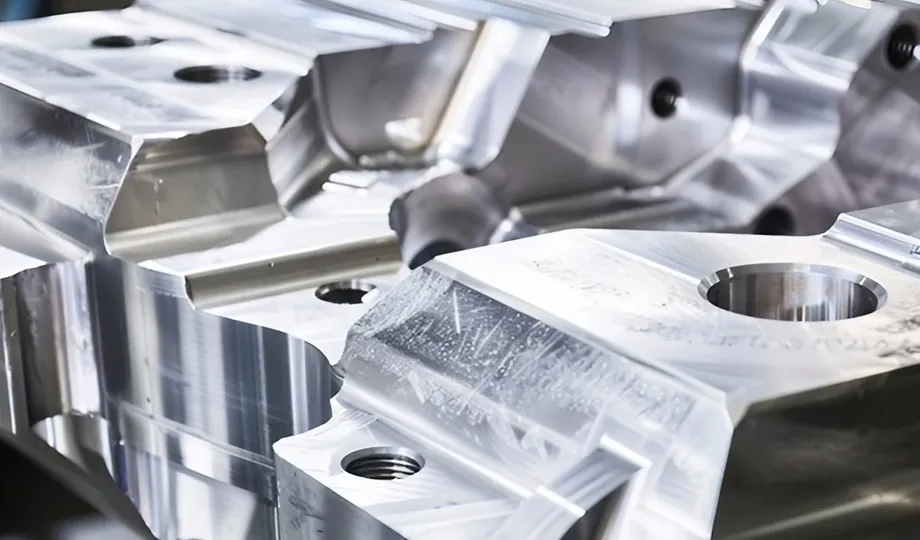
The Six Key Benefits of Lost Foam Casting
In the ever-evolving landscape of manufacturing, selecting the right casting method is crucial for efficiency and cost-effectiveness. Lost foam casting has
-
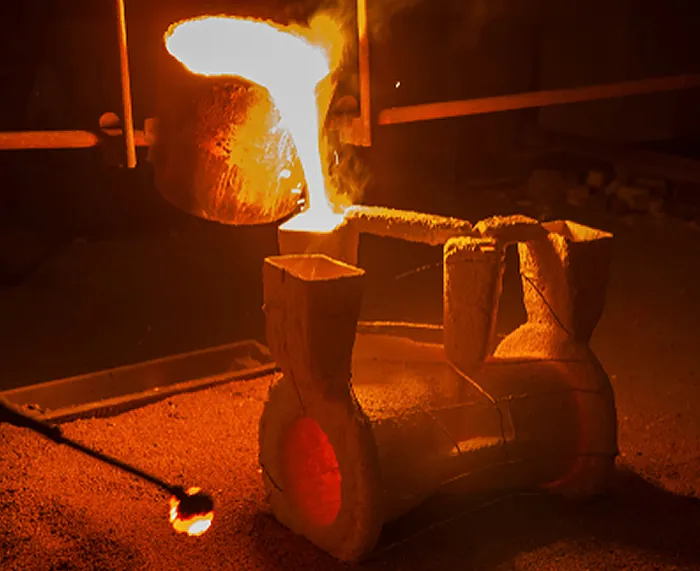
Aluminum Alloy Die-Casting Molds:How To Extend Service Life
Extending the service life of die-casting molds is of utmost importance due to several reasons:1. Cost Efficiency: Die-casting molds are a significant investmen...
-
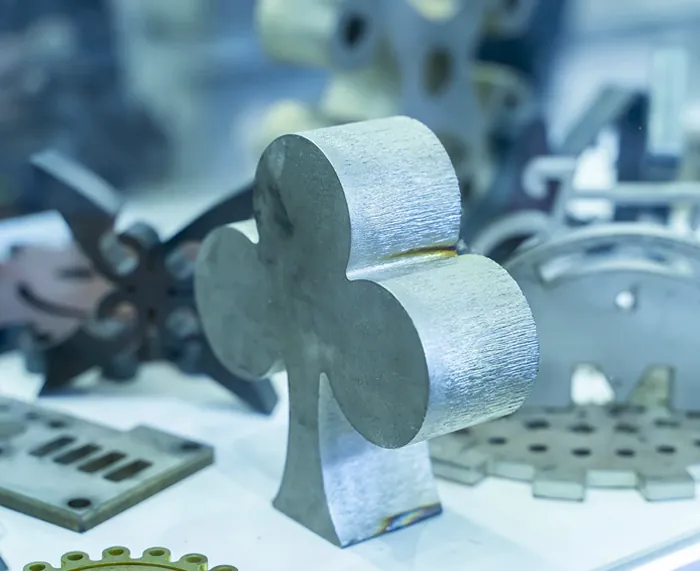
Die Casting Design Guide
AbstractDie casting, a high-pressure metal casting process is widely used in manufacturing industries for producing complex metal parts. This article delve

